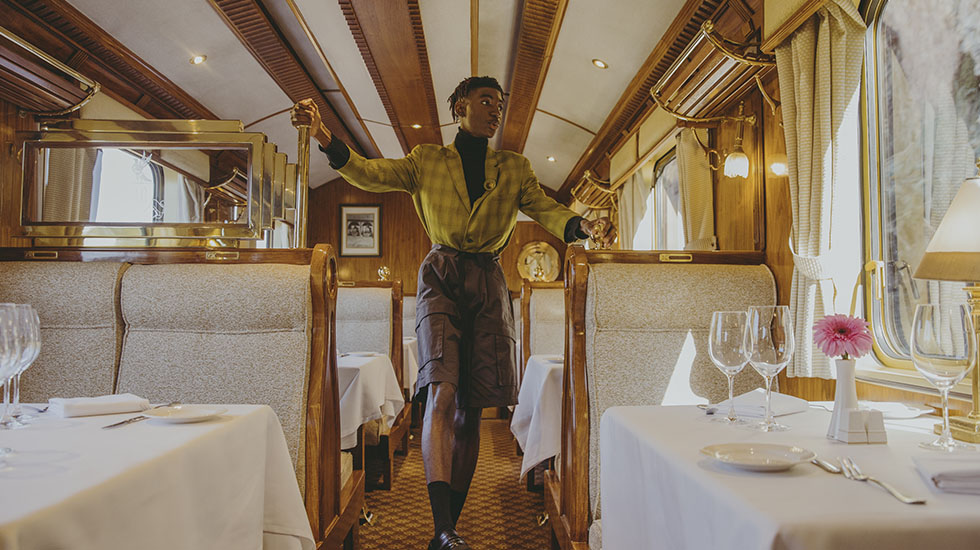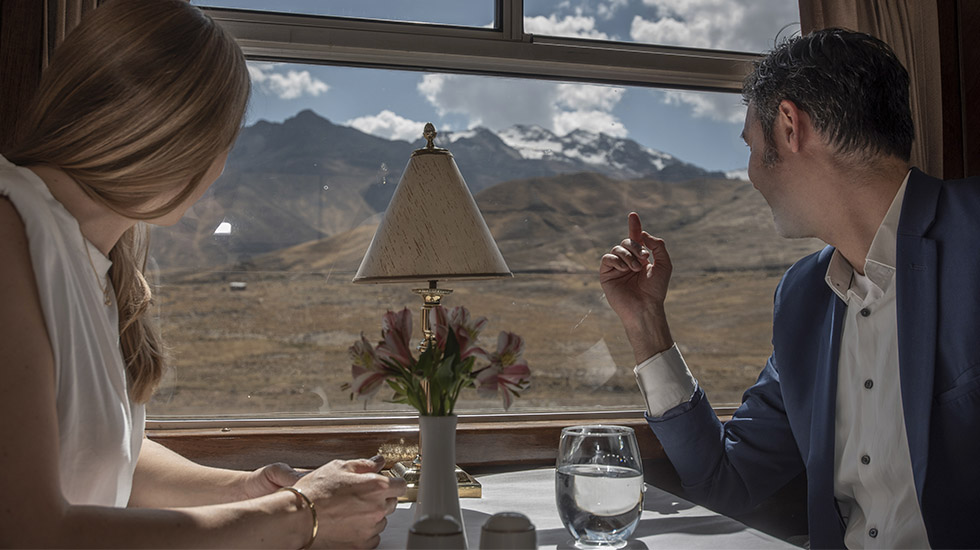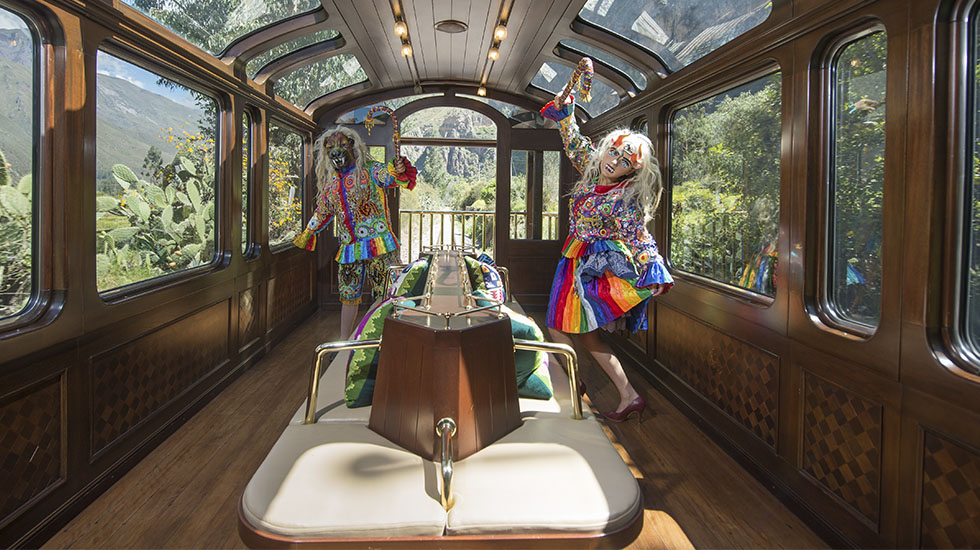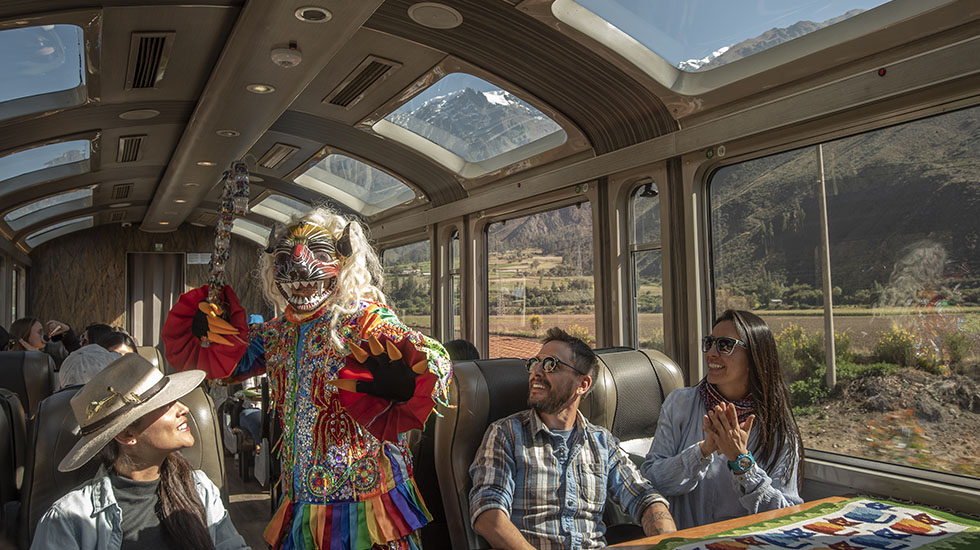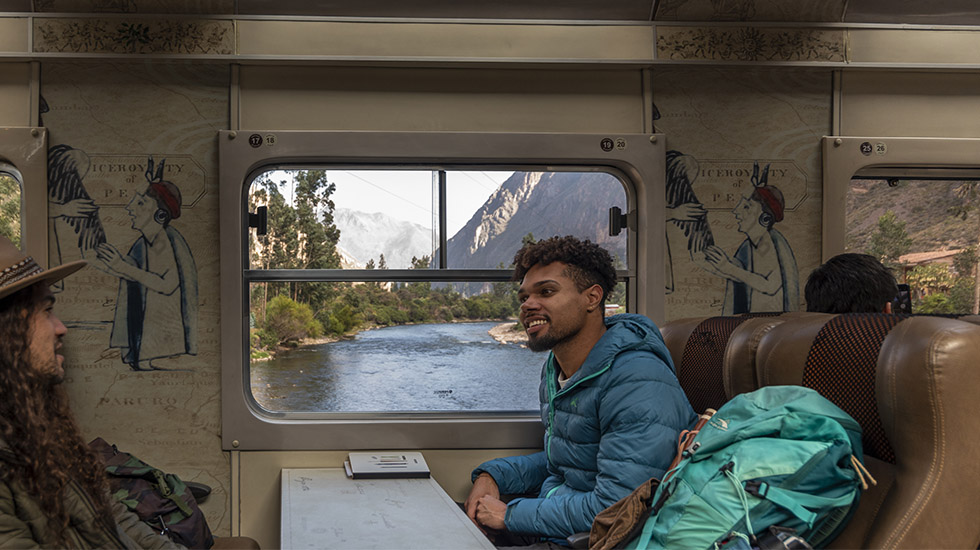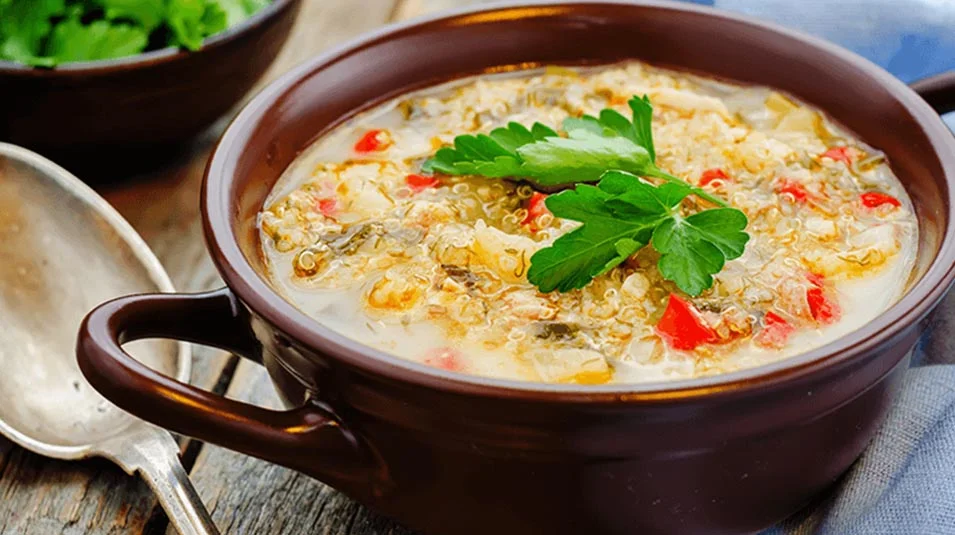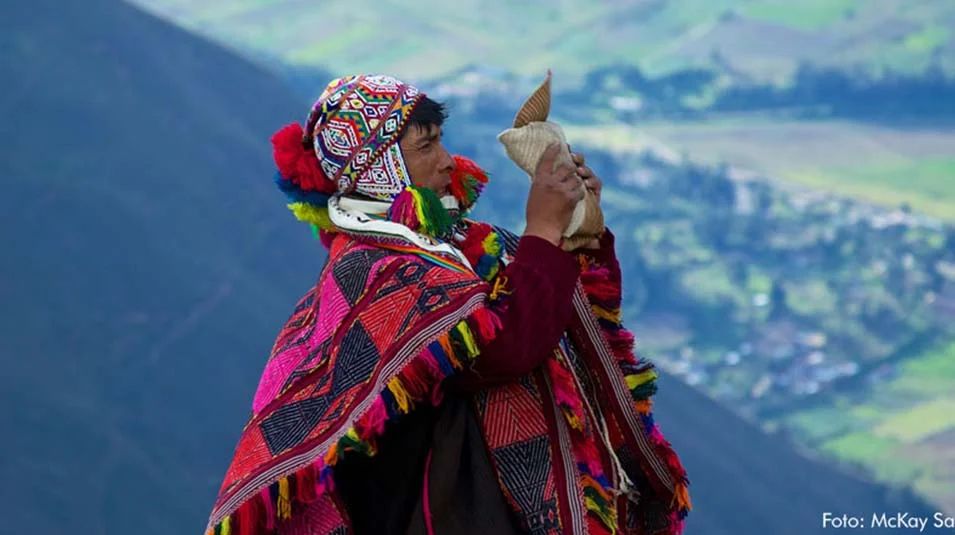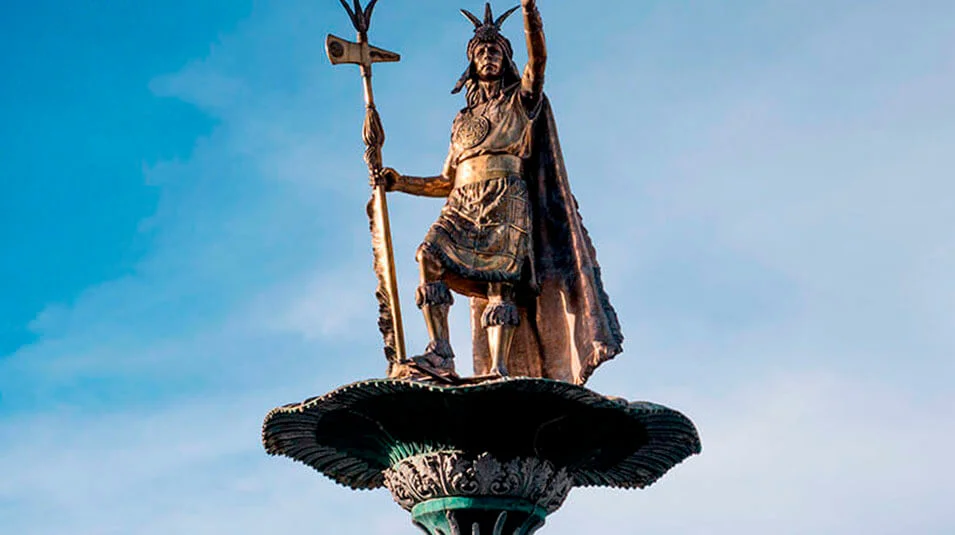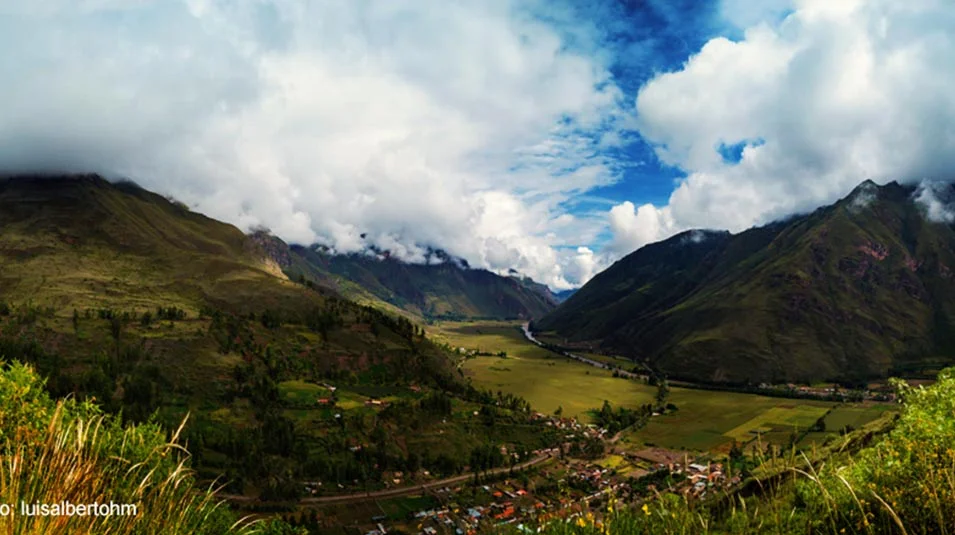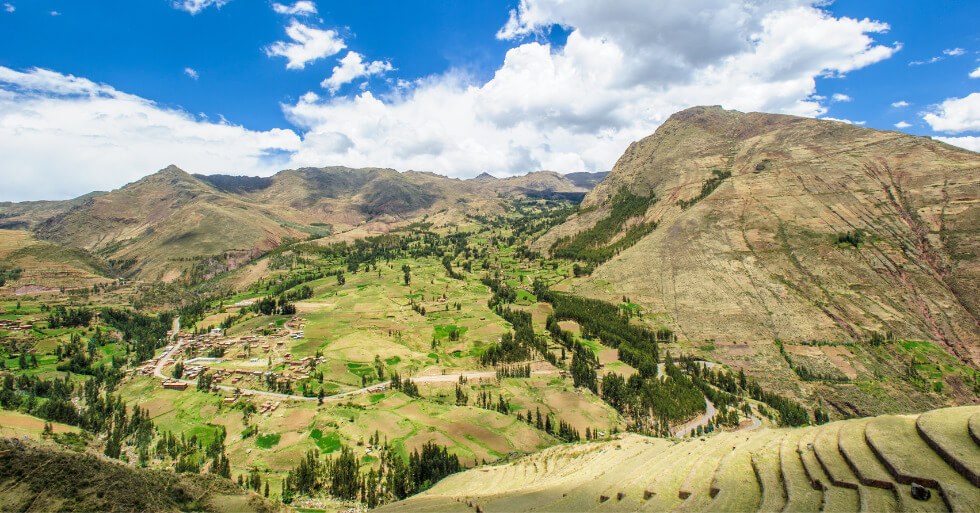CUSCO
The ancient capital of the Tahuantinsuyo Empire
Altitude
7742 ft
Dry Season
66°F - 70°F
Rainy Season
67°F - 40°F
Cusco is unstoppable. Its ancient past can be felt in its streets, plazas, and valleys. No one can resist the footprints of its history and the sophisticated engineering of the Incas who were able to dominate stone as few cultures have done so and the proof of this is the citadel of Machu Picchu.
What to do in Cusco?
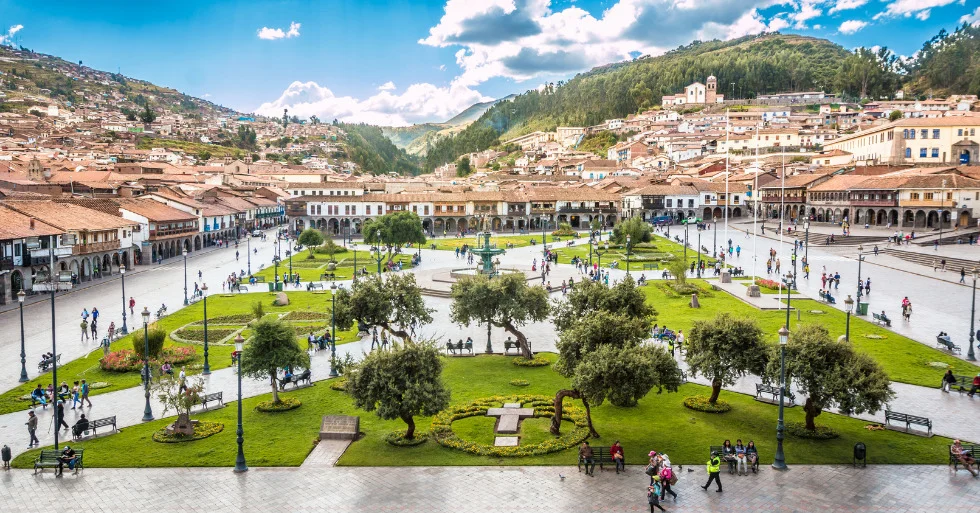
Cusco’s Plaza de Armas
(Main Square)
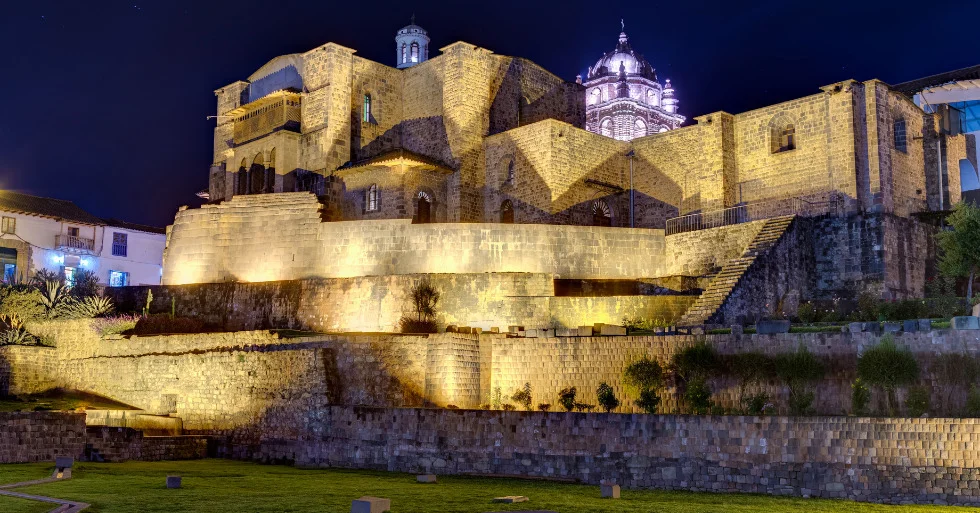
Coricancha
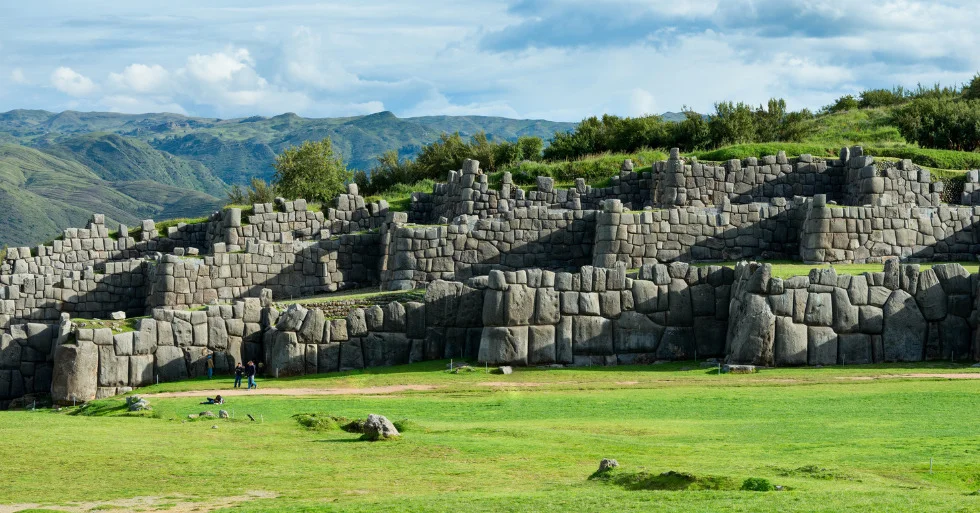
Sacsayhuaman
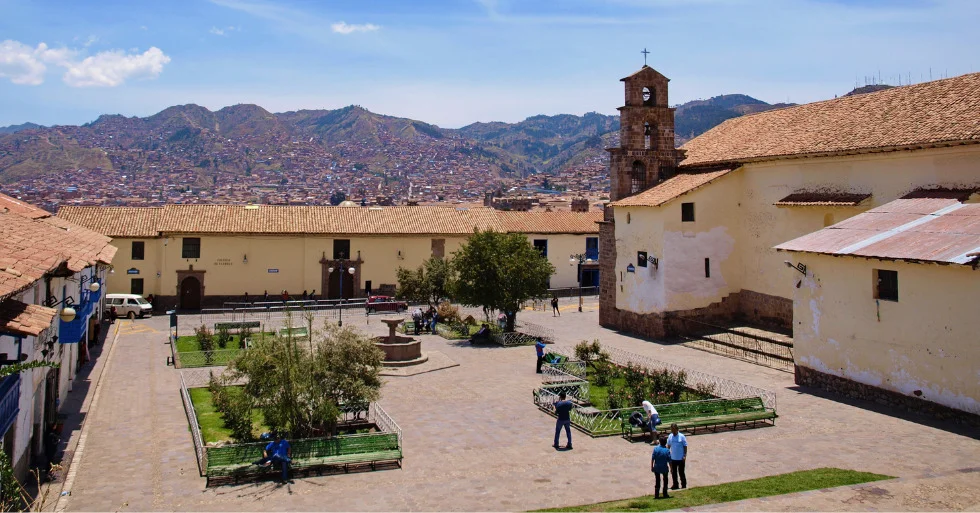
San Blas Neighborhood
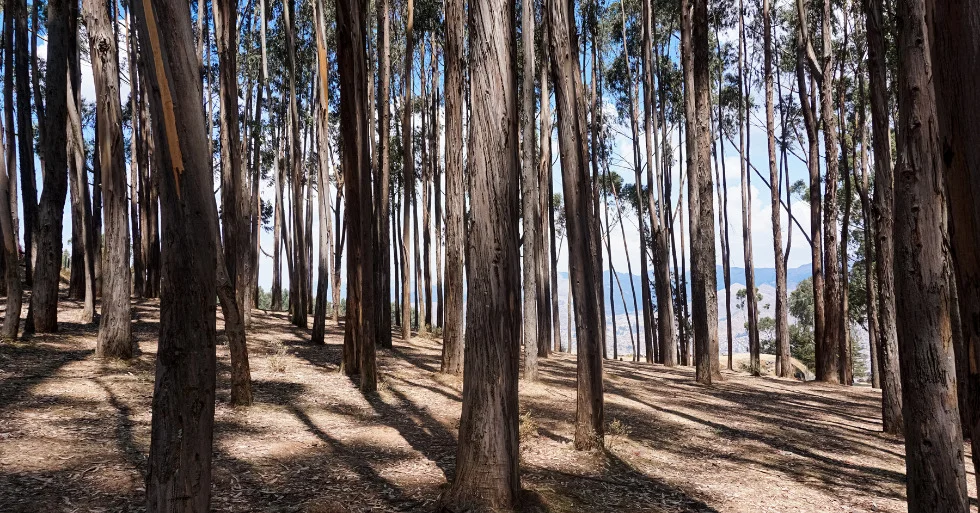
Eucalyptus Forest
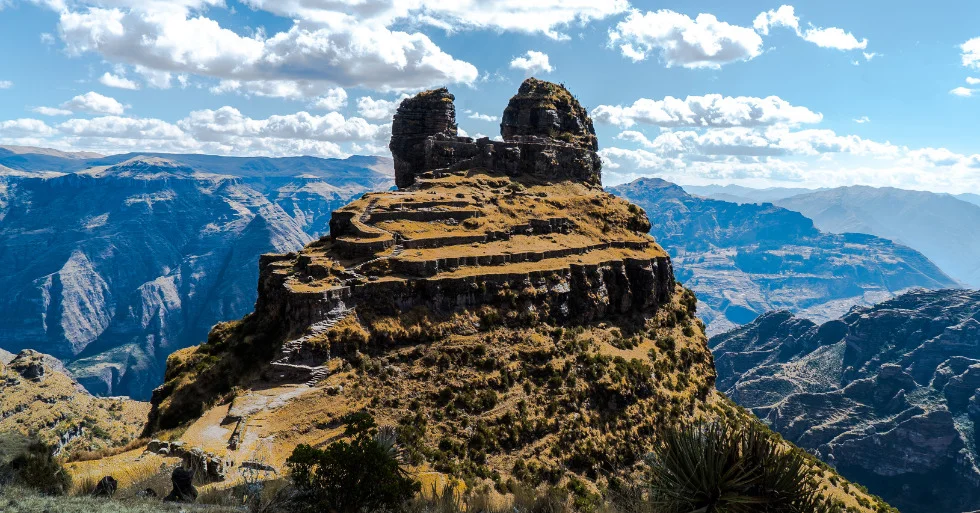
Waqrapukara
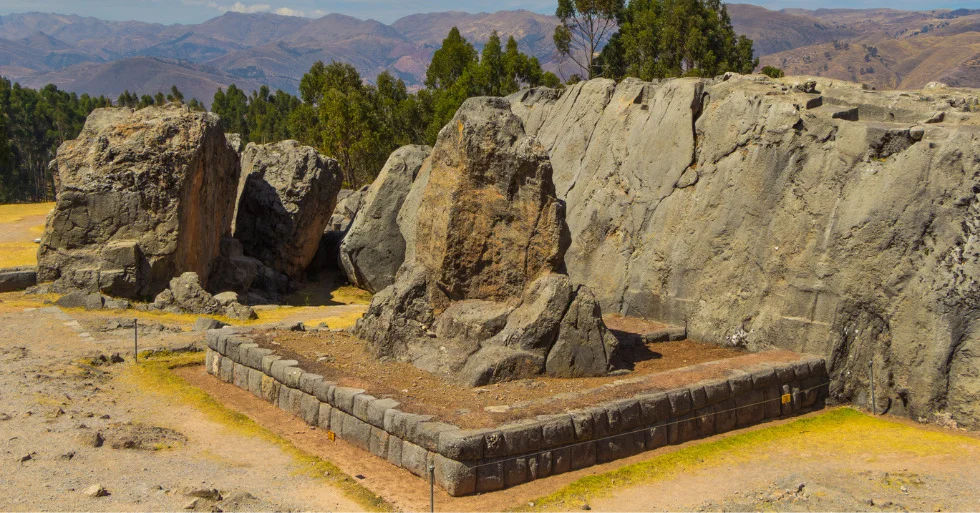
Qenqo
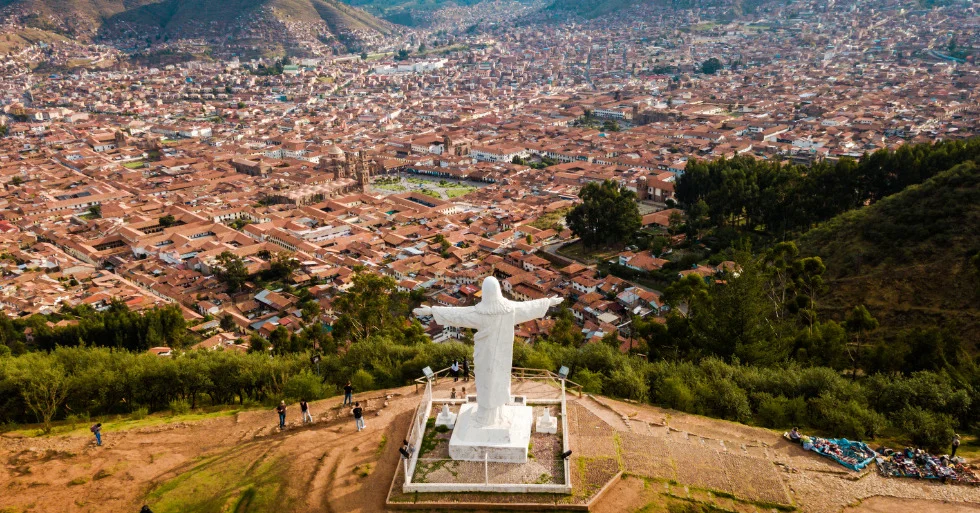
Cristo Blanco
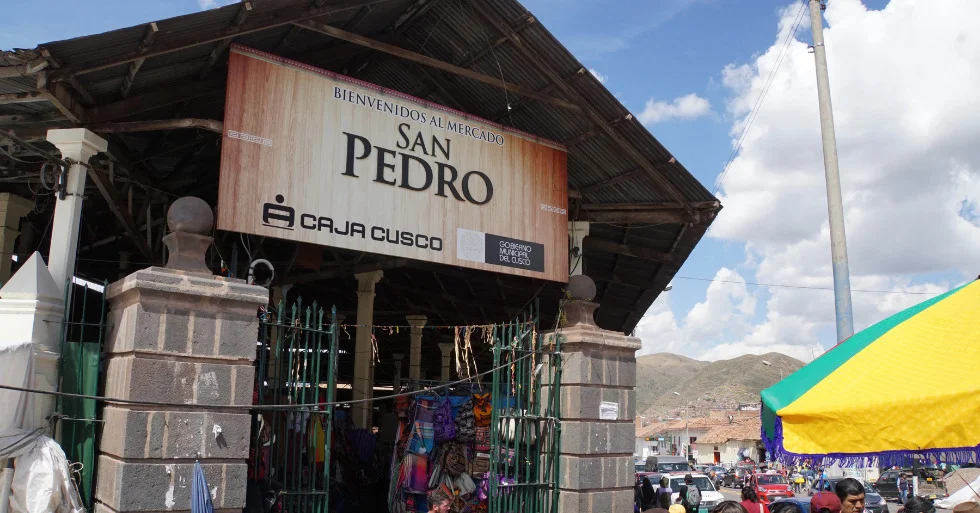
San Pedro Market
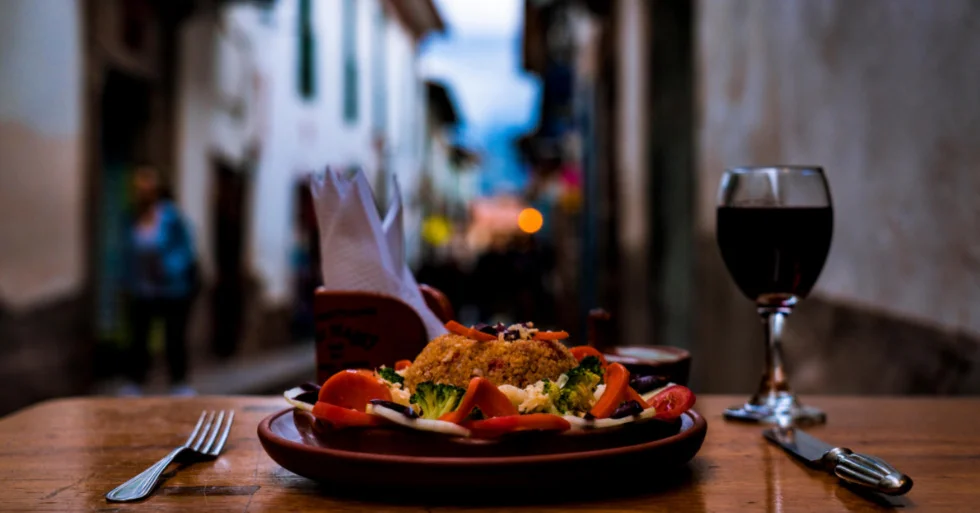
Bars and restaurants
How to get to Cusco?
There are three ways to get to Cusco:
- By plane: You can fly from Lima (approximately an hour’s flight) or from Arequipa (an approximately 30-minute flight).
- By road: The route from Lima to Arequipa and Cusco is 1025 miles and takes approximately 26 hours; the Lima – Nazca – Puquio – Abancay – Cusco route is 702 miles and takes approximately 20 hours; or the Puno – Cusco route is 241 miles and takes approximately 7 hours.
- By train: Enjoy the comfort of our services across the Andean landscapes.
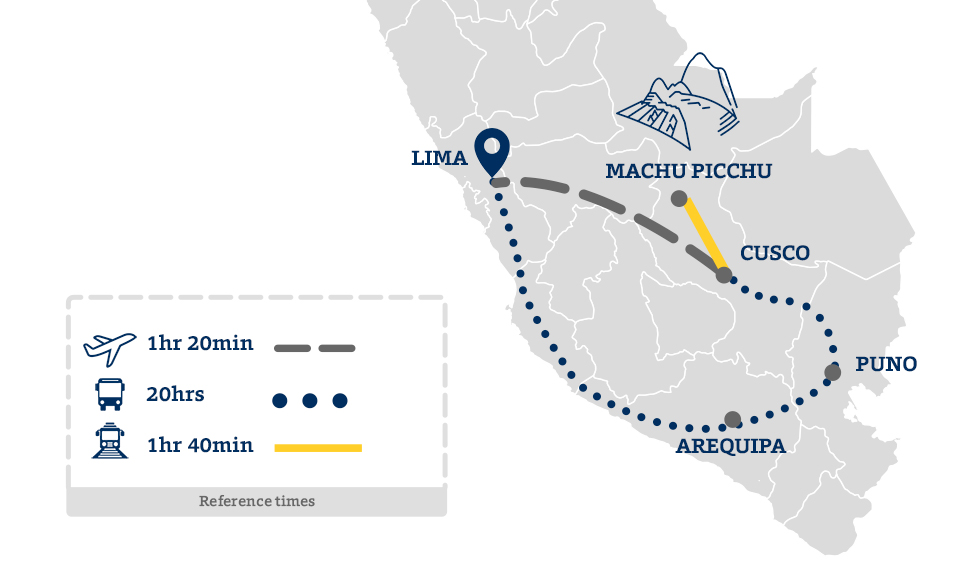
Train Stations in Cusco
- Wánchaq Station
- San Pedro Station
- Poroy Station
Located in the heart of the city of Cusco, a 15-minute walk from the Plaza de Armas. This station is also the starting point for the buses on the Bimodal Service (bus + train) with destination Machu Picchu Pueblo. For more information click here.
Address: Av. Pachacútec s/n, Distrito de Wánchaq, Cusco
- Monday to Friday and Holidays: 10:00 to 20:00 hrs.
- Saturday and Sunday: 10:00 am to 19:00 hrs.
- Address: Av. Cascaparo s/n en el distrito de Cusco
- Monday to Sunday and Holidays: 06:00 hs to 08:00 hs
- Address: Calle Roldan s/n, Distrito de Poroy, Cusco
- Monday to Saturday: 06:00 hs to 09:00 hs
- Sundays: 06:00 hs to 08:30 hs
Hotels in Cusco
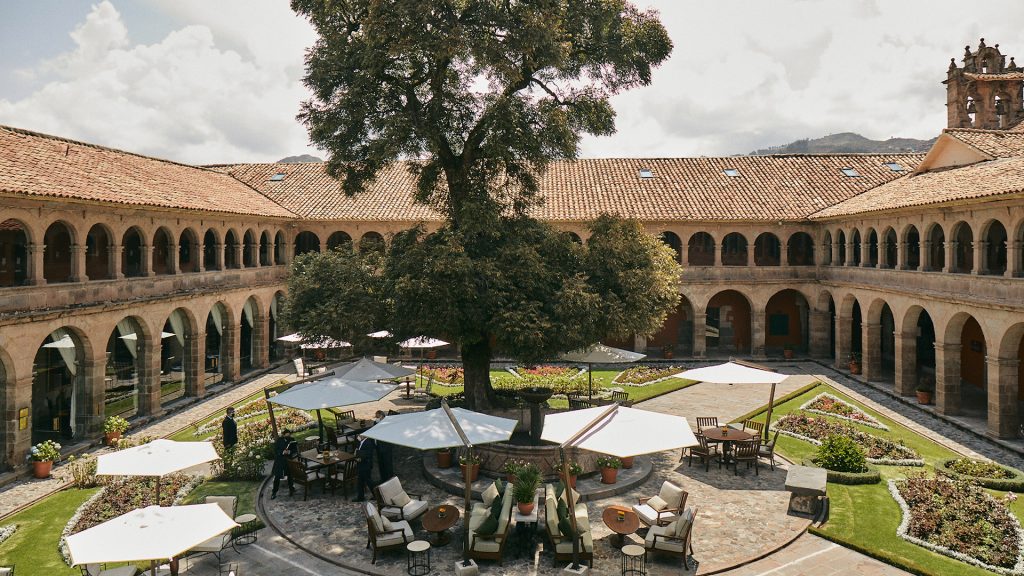
Monasterio, A Belmond Hotel, Cusco
Historical charm with a contemporary touch. Discover the secrets of Cusco by staying at one of its most appreciated monuments.
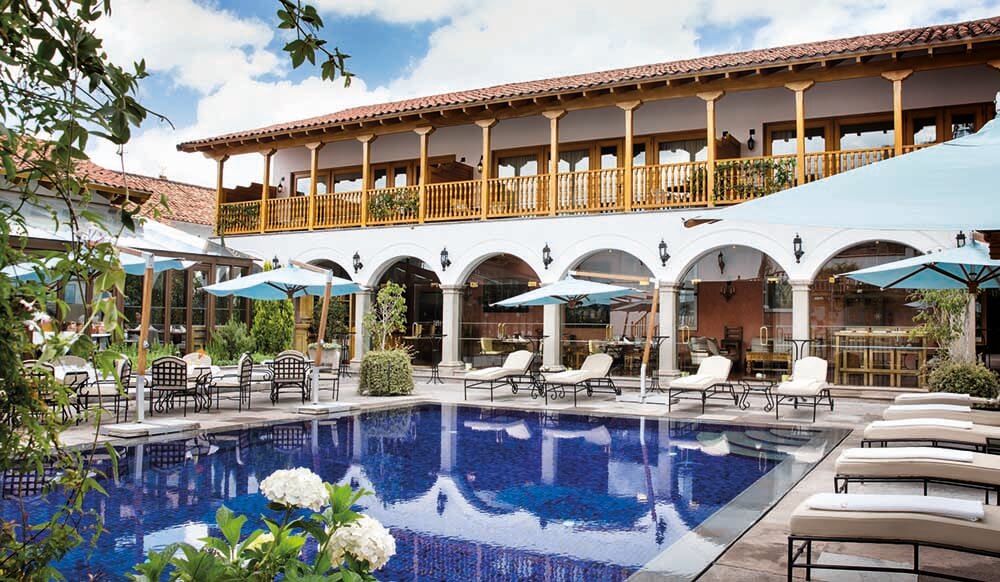
Palacio Nazarenas, A Belmond Hotel, Cusco
Built on Inca foundations, the rich history of this palace is found among the modern luxury of this enchanting hideaway.
History and Culture of Cusco
FAQ
The Tourist Ticket (BTC in Spanish) is the document that will give you admittance to the different archaeological monuments, museums, and historical sites. You can find out more about the tourist ticket here.
If you are someone who is looking for an adventure despite what the weather may bring, then you can travel to Cusco in the rainy season (November to March). But if you prefer find the city’s emblematic festivities and a warm weather, then the dry season is for you (April to October).
If it is your first visit, then you will probably be affected by soroche, but you can acclimatize to Cusco’s altitude by making a slow and progressive journey. For more information, click here
Voltage in Peru is 220v. You will need an adaptor if the voltage in your country is 110v. The most common outlets are Type A, Type B and Type C.
For meals and shopping, it will depend on the establishment you visit. The smallest local and family shops tend to only accept cash.
Remember to take wool socks, gloves, a cap, waterproof jackets, and coats according to the time of year.


